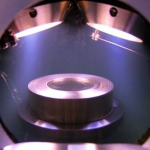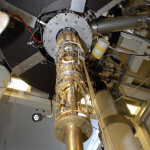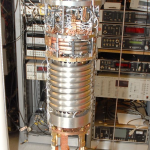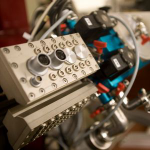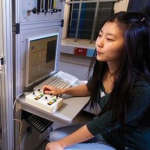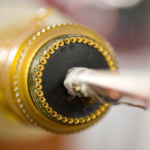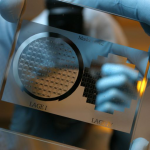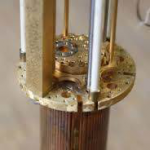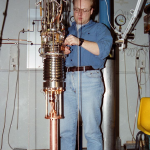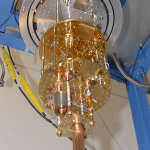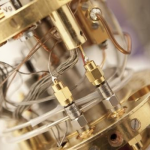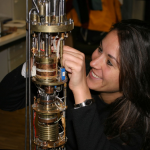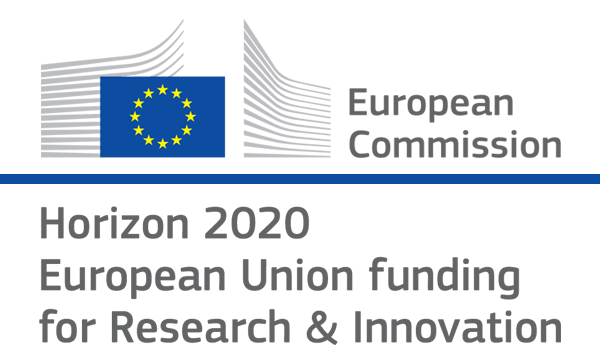

Selected Publications
- Photon Transport in a Bose-Hubbard Chain of Superconducting Artificial Atoms
G. P. Fedorov et al., Phys. Rev. Lett. 126, 180503 (2021) - Path-Dependent Supercooling of the
He3 Superfluid A-B Transition
Dmytro Lotnyk et al., Phys. Rev. Lett. 126, 215301 (2021) - Superconductivity in an extreme strange metal
D. H. Nguyen et al., Nat Commun 12, 4341 (2021) - High-Q Silicon Nitride Drum Resonators Strongly Coupled to Gates
Xin Zhou et al., Nano Lett. 21, 5738-5744 (2021) - Measurement of the 229Th isomer energy with a magnetic micro-calorimeter
T. Sikorsky et al., Phys. Rev. Lett. 125 (2020) 142503
Cooper Pair Splitting by Means of Graphene Quantum Dots
Z.B. Tan, D. Cox, T. Nieminen, P. Lähteenmäki, D. Golubev, G.B. Lesovik, P.J. HakonenA split Cooper pair is a natural source for entangled electrons which is a basic ingredient for quantum information in the solid state. We report an experiment on a superconductor-graphene double quantum dot (QD) system, in which we observe Cooper pair splitting (CPS) up to a CPS efficiency of ∼10%. With bias on both QDs, we are able to detect a positive conductance correlation across the two distinctly decoupled QDs. Furthermore, with bias only on one QD, CPS and elastic cotunneling can be distinguished by tuning the energy levels of the QDs to be asymmetric or symmetric with respect to the Fermi level in the superconductor.
physical review letters 114 9, 1-5
doi: 10.1103/PhysRevLett.114.096602
